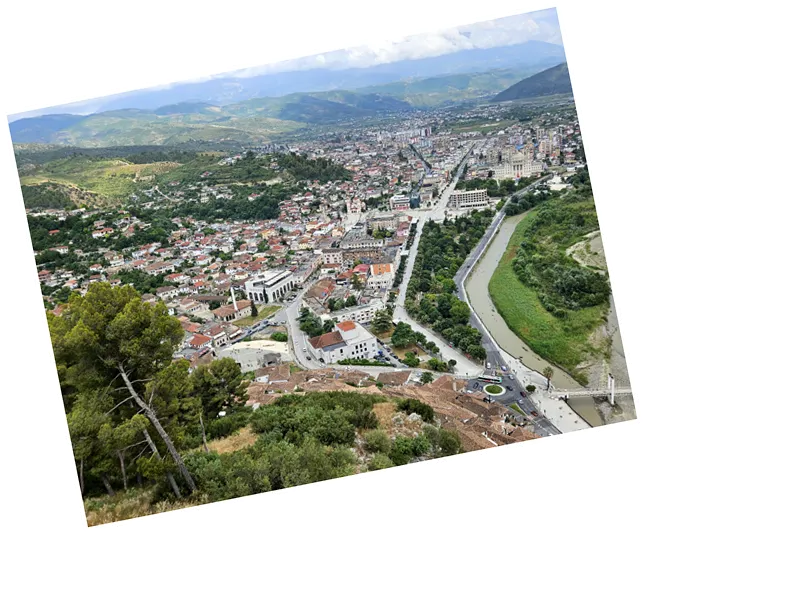The Sultan's Bath, an emblem of Islamic civilization in Jerusalem, has a rich history dating back to the 16th century. Once a vital social hub, it was known for its architectural beauty and cultural significance. However, in the late 19th century, the bath was demolished, and the Armenian Catholic Church was built in its place, marking a significant transformation in the region's historical landscape.
Constructed under the patronage of Khasaki Sultan Roxelana, the Sultan's Bath was a feat of engineering, featuring two separate baths for men and women. The construction involved skilled craftsmen and architects from Istanbul, highlighting the cultural exchange of the Ottoman Empire. Despite its initial success, the bath faced challenges, particularly with water supply, leading to its eventual decline.
Today, remnants of the Sultan's Bath can still be seen, integrated into the structure of the Armenian Patriarchate. The historical significance of this site reflects the complex history of Jerusalem, where layers of culture and religion intersect. The Armenian Church, completed in 1950, stands as a testament to the evolving narrative of this ancient city, preserving the memory of the Sultan's Bath while serving the spiritual needs of the Armenian community.






